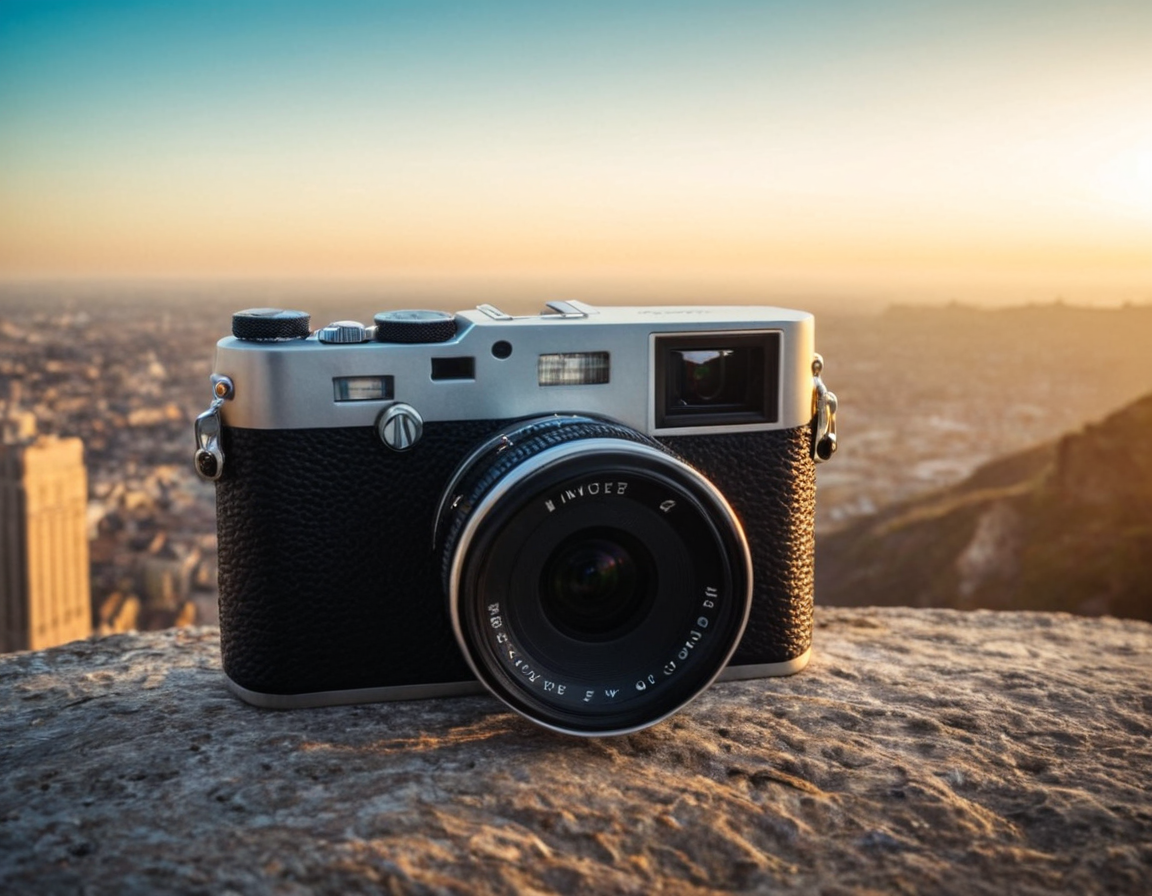Best Cameras for Photography Novices

Choosing the Right Camera for Learning Photography: Key Considerations
When it comes to learning photography, having the right camera can make a significant difference in one’s overall experience and progress. With so many options available in the market, selecting the ideal camera can be overwhelming, especially for beginners. In this article, we will delve into five key factors to consider when choosing a camera for learning photography and provide practical tips on how to make the most of them.
Understanding Your Needs
Before diving into specific camera models or features, it’s essential to define your needs and goals as a photographer. What type of photography are you interested in? Portrait, landscape, street, or wildlife? Knowing your niche will help you focus on the features that matter most to you.
- Are you looking for a beginner-friendly camera with automatic modes, or do you want to invest in a more advanced model with manual controls?
- Do you have a preferred brand or type of camera (DSLR, mirrorless, point-and-shoot)?
- What is your budget for the camera and accessories?
Answering these questions will help you narrow down your options and make an informed decision.
Camera Type: DSLR, Mirrorless, or Point-and-Shoot
Each camera type has its unique characteristics, advantages, and disadvantages. Here’s a brief overview:
- DSLR (Digital Single-Lens Reflex): Offers excellent image quality, manual controls, and interchangeable lenses. However, it can be bulky, heavy, and expensive.
- Mirrorless: A more compact and lightweight option that still provides fast autofocus, good image quality, and some manual controls. It’s also relatively cheaper than DSLRs.
- Point-and-Shoot: A compact, easy-to-use camera with automatic modes. While convenient, it often lacks advanced features and image quality.
Consider your budget, skill level, and the type of photography you want to do when deciding between these options.
Sensor Size and Image Quality
The size of the camera’s sensor plays a significant role in determining image quality. A larger sensor generally produces better low-light performance, shallower depth of field, and more detailed images.
- Look for cameras with full-frame or APS-C sensors, which are considered industry standards.
- Be aware that smaller sensors can still produce good results, especially in bright lighting conditions.
Autofocus and Burst Mode
Autofocus and burst mode capabilities are essential for capturing sharp images quickly. Here’s what to look for:
- Autofocus: Ensure the camera has fast and accurate autofocus, including phase-detection or contrast-detection methods.
- Burst Mode: Check if the camera can shoot continuous bursts at high speeds (frames per second).
Video Capabilities
If you plan on creating video content or want to explore video aspects of photography, consider the following:
- Look for cameras with 4K resolution and high frame rates (at least 24fps).
- Check if the camera has built-in stabilization or can be used with external stabilizers.
Conclusion and Next Steps
Choosing the right camera for learning photography is a personal decision that requires careful consideration. By understanding your needs, researching different camera types, sensor size, autofocus, burst mode, and video capabilities, you’ll be better equipped to make an informed decision.
Before making a final purchase, weigh the pros and cons of each option, read reviews, and consider consulting with photography professionals or online forums for guidance. With the right camera and knowledge, you can unlock your creative potential and take your photography skills to the next level.
Tags
photography-for-beginners camera-recommendations easy-photography-techniques photo-classroom best-cameras-for-students
About Luis Torres
Hi, I'm Luis Torres, a photographer and blogger passionate about helping creatives grow. With a background in photography and a knack for teaching, I share actionable tips & techniques on lentecreativa.com to inspire and educate photographers of all levels.
